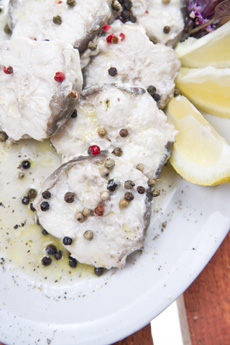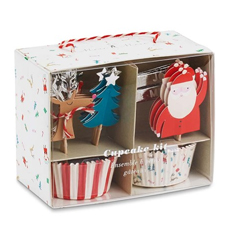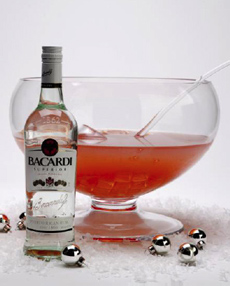
Steamed dogfish: delicious, especially at $5.50 a pound. Photo © Marco Guidi | Dreamstime. |
|
Our friends at GQ magazine sent us their 50 Best Things To Eat Right Now article, and we learned something new: trash fish.
In the fishing industry, a by-catch is a fish or other marine species that is caught unintentionally while catching the target species (recall the dolphins swept up in tuna nets).
A subspecies of by-catch is rough fish—the slang term is trash fish. The term is used in the U.S. to describe fish that are less desirable to sport anglers.
While not desirable by anglers for sporting purposes, trash fish species can be very important in the commercial fishing industry, where they make up the bulk of commercial food fish catches in inland fresh waters. The challenge is turning them into popular fish, desired and asked for by consumers.
There is no standard list of trash fish. A fish that is considered trash in one region may be treasure in another. For example, the common carp is considered undesirable in the U.S. and Australia, but is the premier game fish of Europe and the most valuable food fish across most of Asia.
|
|
Dogfish, a.k.a. Cape shark, travel in schools with flounder, hake and pollock, so are often landed as by-catch. Fishermen in the U.S. toss them overboard because dogfish don’t often command prices worth the effort of processing them. Yet, the mild, sweet, boneless flesh is desired for fish and chips in the U.K. In Germany, the belly section of the fish, smoked, is considered a delicacy. [Source]
You can buy a trash fish like dogfish for say, $5.50 a pound to substitute for the fashionable cod or haddock, which command $15 a pound.
Today’s trash fish lack the marketing heft to become glamorous fish like branzino, cod, flounder, salmon and tuna. But with the increasing demand for fresh fish, the overfishing of popular species and the ever-increasing prices, attention must be paid.
So today’s tip is: Don’t turn your nose up at a trash fish because it’s oily (blue fish, mackerel), ugly (scorpion fish) or small (sardines). Once it’s cleaned and in the pan or the pot, it looks like other fish, and taste just as delicious. For a fraction of the price.
Get some suggestions from your fishmonger, and make an entire Feast Of Seven Fishes!
|






